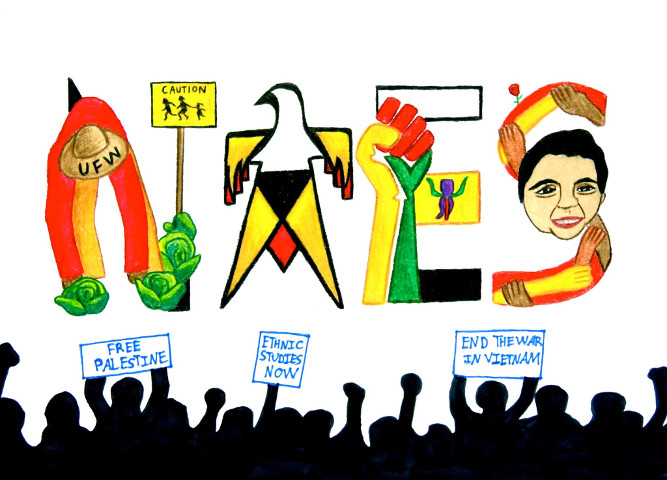Explorations in Sights and Sounds

Orginal Publication Date
1993
Journal Title
Explorations in Sights and Sounds
Volume
13
Issue
ess/vol13/iss1
First Page
36
Last Page
37
Abstract
On December 29, 1890, at the Pine Ridge Sioux Reservation in South Dakota, there occurred one of the most bloody and tragic events in American history -- the massacre of hundreds of American Indians by the US Seventh Cavalry at Wounded Knee Creek. A principal factor precipitating this atrocity was the American government's misperception of the so-called Ghost Dance which had spread from the Great Basin and Plateau into the Great Plains. Just a week before the massacre, James Mooney (then a young employee of the Smithsonian Institution's Bureau of Ethnology) had headed west to study the Ghost Dance phenomenon. Field work over the next four years convinced Mooney that the Ghost Dance was not a militaristic enterprise aimed at armed rebellion against the United States. It was rather a religious movement based on indigenous values which the whites had failed to understand.
Rights
Copyright, ©EES, The National Association for Ethnic Studies, 1993


